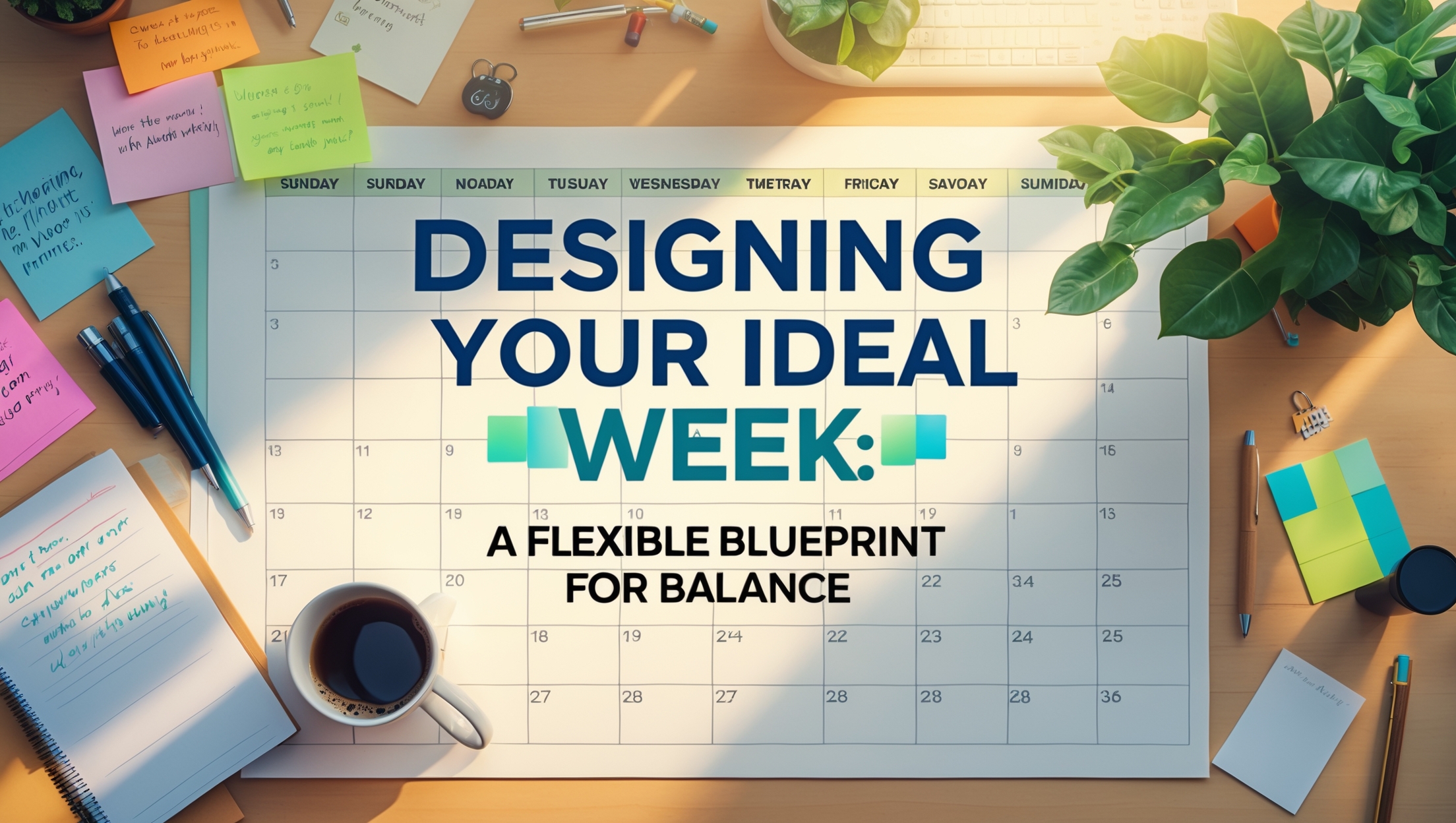Because making—and keeping—friends doesn’t stop after your twenties
As kids, friendship is simple. A shared love of dinosaurs or sitting next to someone in math class is enough to spark a bond. In college, friendships often bloom effortlessly in dorms and dining halls. But once adult life kicks in—with careers, families, moves, and responsibilities—friendships can feel harder to find and maintain.
Still, the need for connection never goes away. In fact, studies show that adult friendships are essential for emotional well-being, stress relief, and even longevity. So how do we form meaningful relationships as adults—and keep them thriving?
Here’s a practical and compassionate guide for navigating friendship in adulthood, no matter where you are on the map or in life.
1. Be Proactive: Friendship Doesn’t Just Happen Anymore
In adulthood, opportunities for spontaneous connection shrink. That means you have to take the lead more often than you’d expect.
Start by being open about your desire to connect. Whether it’s joining a local group, starting conversations at work, or reaching out to someone you haven’t seen in a while, remind yourself: most people are open to friendship—they just need someone to go first.
Tip: Think of friendship-building as planting seeds. Some won’t grow, but others might bloom beautifully with time.
2. Pursue Shared Interests
Making friends doesn’t have to be random—go where your interests already are.
- Take a pottery class or join a book club
- Volunteer at a local nonprofit
- Join a running group or hiking club
- Attend meetups or workshops in your area
When you show up in places that reflect your values and passions, it’s easier to find like-minded people—and easier to keep the conversation going.
3. Be a Consistent Initiator
It’s easy to assume that if someone doesn’t reach out, they’re not interested. But in reality, everyone’s juggling something. Schedules clash. Life gets busy. That doesn’t mean people don’t want connection.
Be the one who texts first. Suggest a coffee date, a walk, or a check-in call. You don’t have to carry the friendship alone, but being consistently proactive makes a big difference.
Remember: It’s not about chasing people—it’s about building a rhythm.
4. Make Friendship Fit Your Life
Not every friendship needs to look like weekly brunches or constant texting. Some friendships thrive on voice notes, occasional catch-ups, or seasonal traditions. The key is finding what works for both of you.
- Schedule recurring hangouts if time allows
- Start a two-person book or movie club
- Check in during your commute or lunch break
- Use shared experiences (kids, hobbies, travel) to create meaningful touchpoints
Friendship in adulthood is often about quality, not quantity—or frequency.
5. Let Go of the Pressure for “Perfect”
Not every connection will become a soul-deep friendship. Some people are great for coffee chats, others for hiking, and a few for heartfelt talks at midnight. And that’s okay.
You don’t need one person to be everything. Instead, embrace a “friendship circle” mindset—different people serve different roles, and all are valuable.
6. Be Honest About Your Needs and Boundaries
Friendships thrive on communication. If you feel neglected, overwhelmed, or confused about where you stand, try having a gentle, honest conversation.
Likewise, don’t be afraid to set boundaries. If someone’s behavior is draining or one-sided, you’re allowed to step back or redefine the dynamic.
Healthy adult friendships are rooted in mutual respect, not guilt or obligation.
7. Make Room for Transitions
Life changes—and so do friendships. People move, change jobs, get married, or become parents. Some friendships will grow with you, others may drift.
Letting go of old dynamics is hard, but it can also make room for new connections that reflect who you are now.
Pro tip: Reach out to someone you haven’t seen in a while. Adult life is full of missed connections waiting to be rekindled.
8. Celebrate the Little Moments
Not every friendship milestone has to be big. Send a funny meme, check in after an important event, remember a birthday, or drop off soup when they’re sick.
Tiny gestures go a long way toward keeping bonds alive—and often mean more than a grand gesture ever could.
Final Thought: Friendship is a Practice
Friendship in adulthood isn’t passive—it’s a practice. It takes effort, intention, and vulnerability. But it’s also one of the richest, most rewarding parts of life.
So send the text. Make the plan. Laugh hard, talk deep, and be the kind of friend you’re hoping to find. Whether you’re building new bonds or nurturing old ones, it’s never too late—and always worth it.














